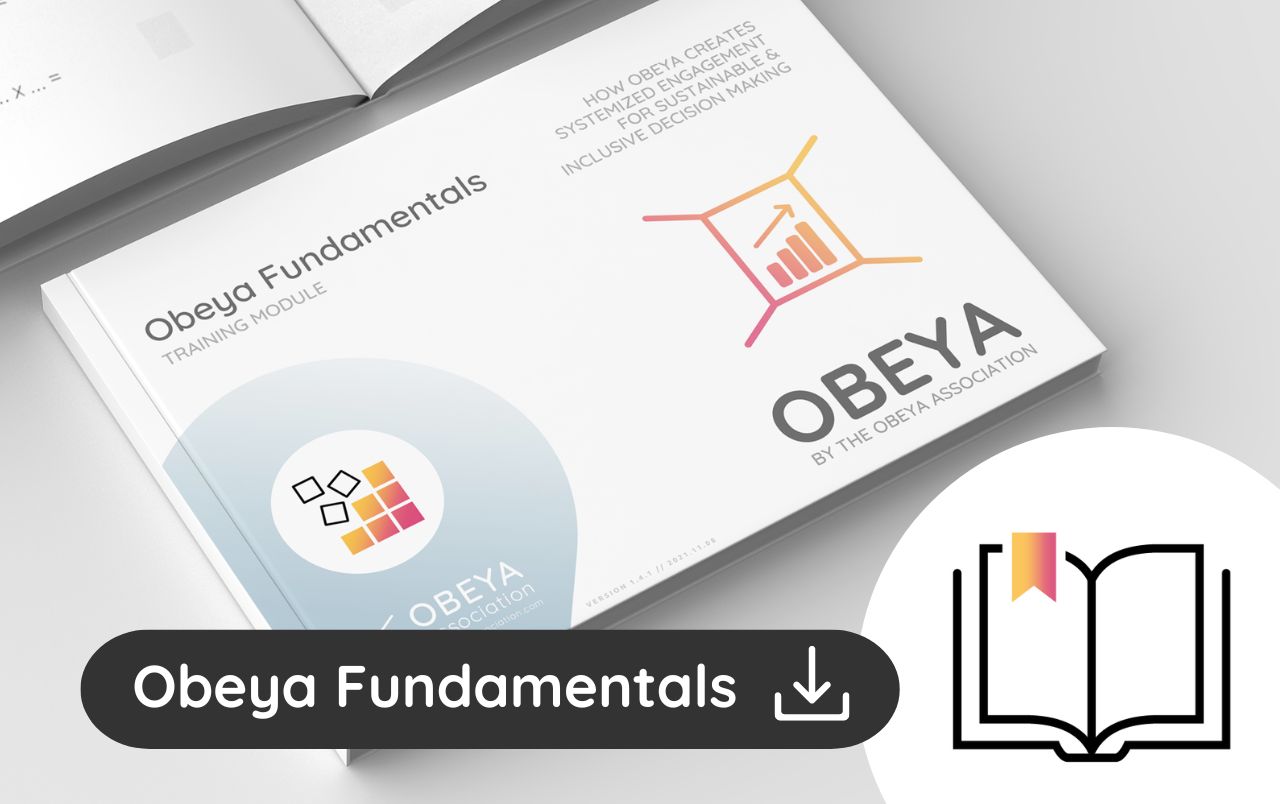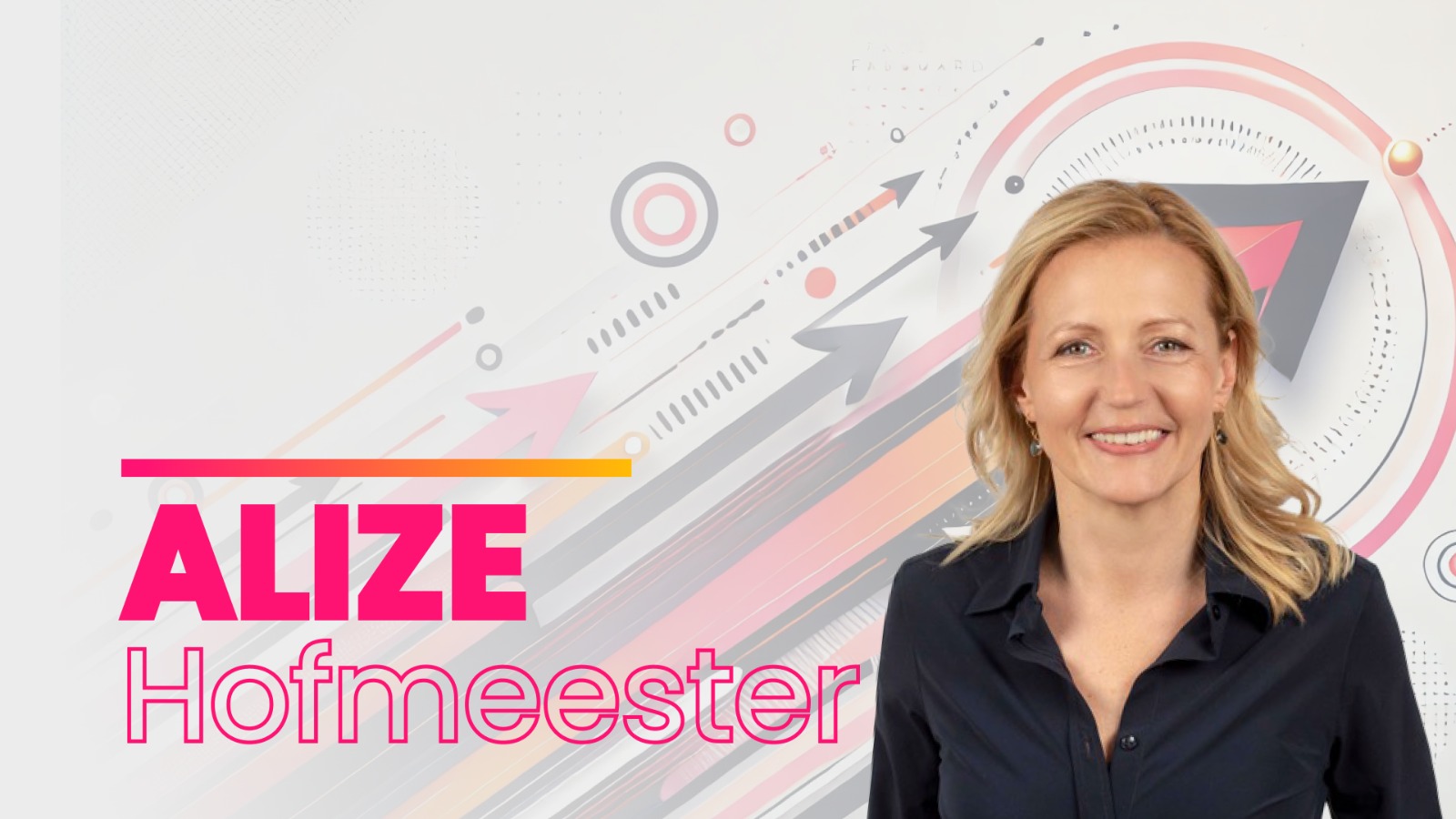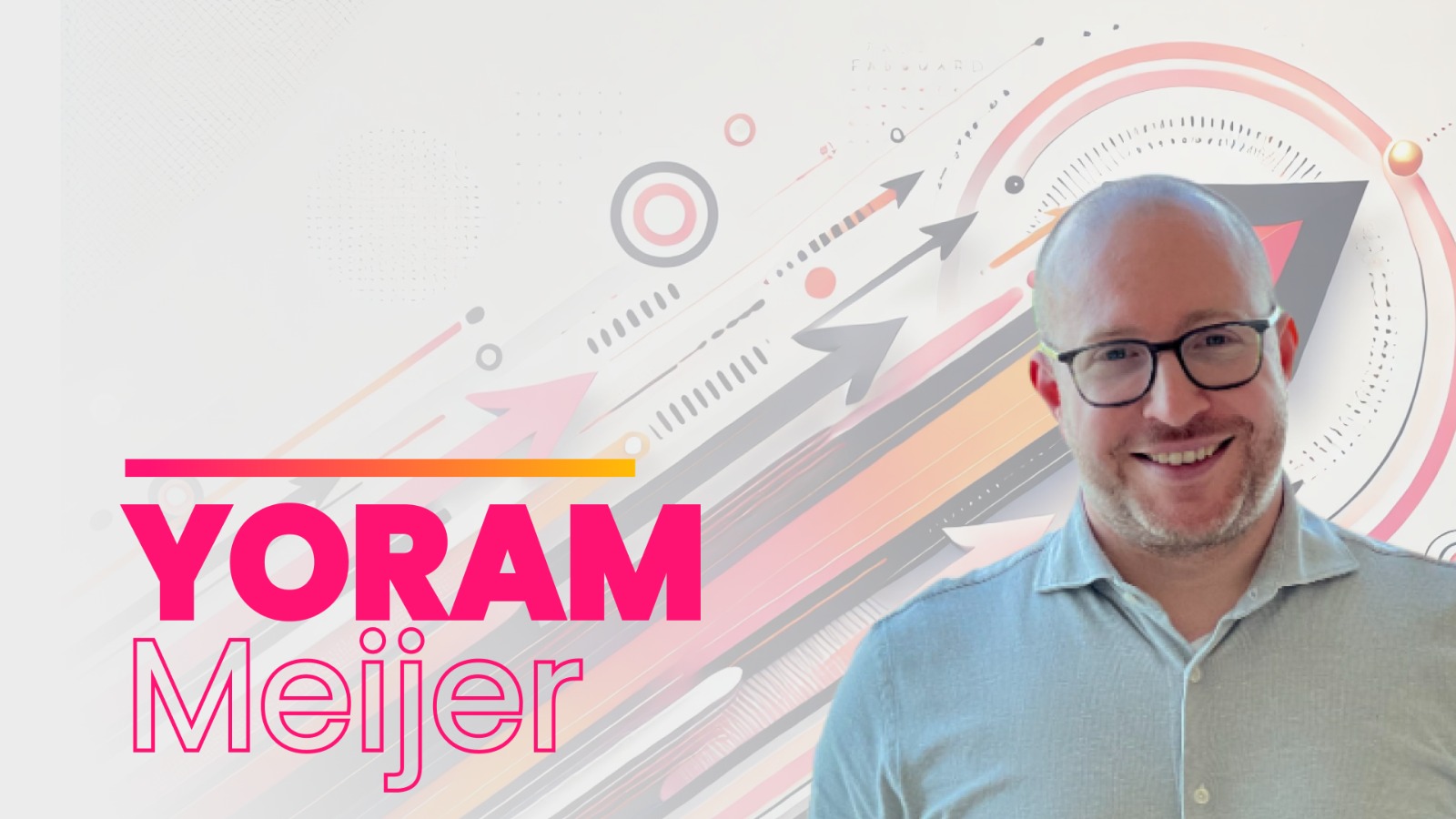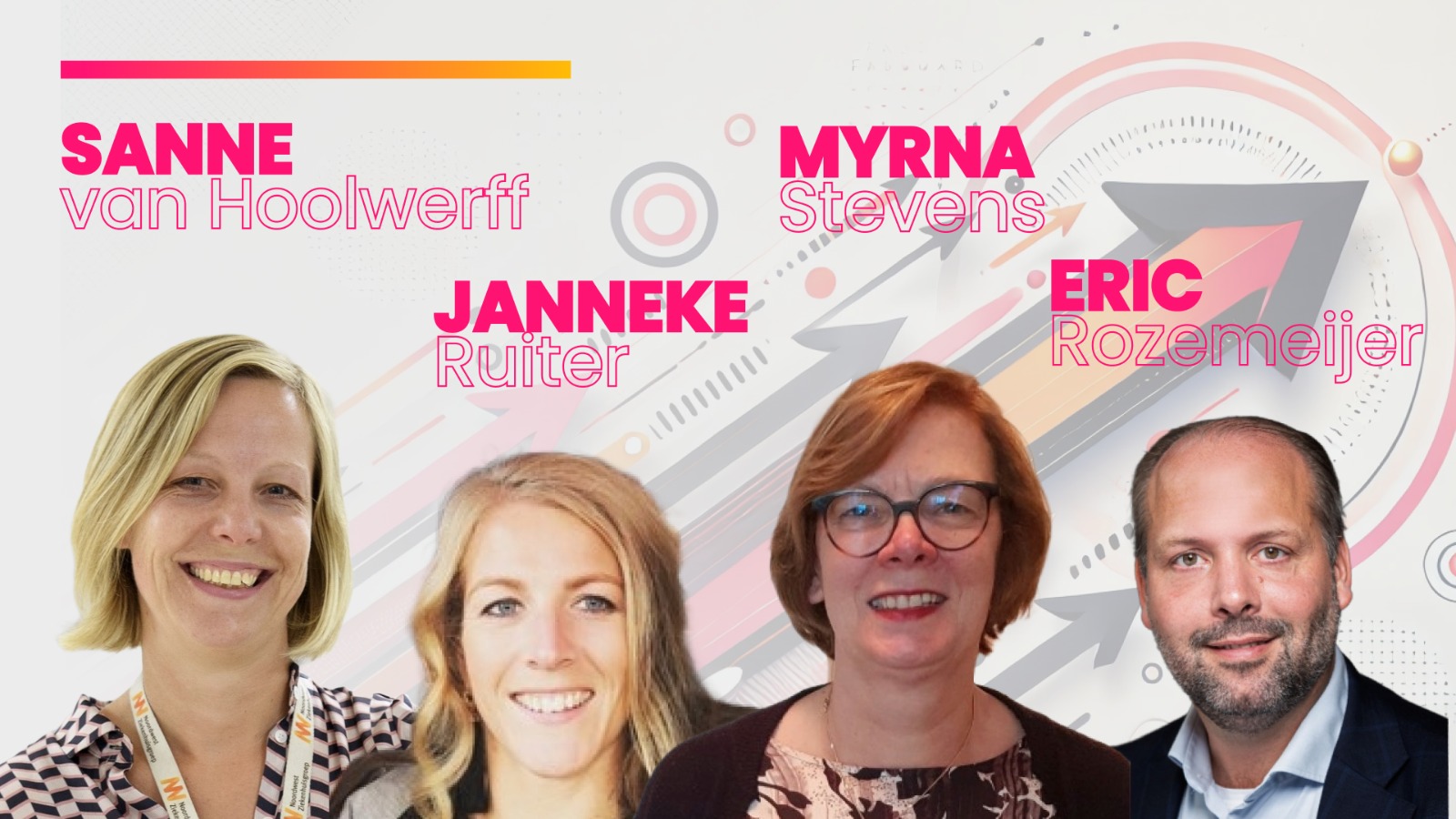
Author of this article: Yoram Meijer
Yoram is a visionary in the field of digital transformation, with a distinguished career at Cegeka Consulting Services. His expertise in driving innovation through strategic use of technology positions him as a leading voice in the conversation on sustainable growth. Yoram’s approach to Obeya is not just about improvement—it’s about revolutionizing how businesses grow in the digital age.
At times, decision-making can feel like a battleground, with dominant voices overshadowing others and critical decisions being left unresolved due to lack of preparation or clarity. Obeya, a Japanese term for ‘large room’ and often referenced as a war room’, is a space where teams meet to strategize and make decisions quickly. It is used to enhance communication and align on goals, streamlining project management and planning.
Using visual management to share information fosters collaboration by bringing key stakeholders into a focused space, allowing for real-time problem-solving and better decision-making.
This article explores how Obeya supports sustainable business growth by creating an environment of radical transparency and continuous alignment with organizational goals through effective performance discussions. To do this, the Obeya is a means to connect our goals, practice execution and learn from our past actions and decisions so we can continue to innovate.
Obeya brings people, data, and ideas together in physical and/or digital spaces to manage projects and strategies. With thorough transparency, everyone can clearly see how their work contributes to strategic goals. This speeds up decision-making, fosters collaboration, and drives innovation.
Understanding the role of Obeya in modern business
Obeya serves as the nerve center for strategic planning execution. By creating a visual and collaborative hybrid space, it allows teams to see both the big picture and the granular details of their own work. This visibility is key in aligning daily operations with long-term strategic goals and ensuring that all team members are moving in the same direction. But to make this work, it is vital that we comprehend the complexity of our organization and how we steer it in the right direction. To achieve this, going to the core of our activities and recognizing how they affect our strategic goals might just be the hardest but most crucial activity.
To understand why I have always believed in the strength of Conway’s Law, which has proven itself many times over:
“Any organization that designs a system (defined broadly) will produce a design whose structure is a copy of the organization’s communication structure” – Melvin Conway 1968
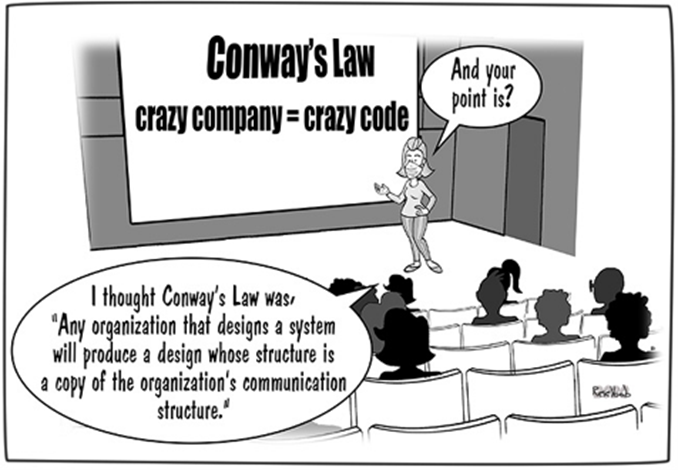
Conway’s Law
If you turn this around, that means we should design the communication and information structure of the organization, the Obeya, to help us with achieving our goals. Hence the importance of an Obeya’s purpose, but also of the design and the content of it. So going back to the nerve center, we need to make sure that the activities that we want from an organization need to be recognizable and clear to all in our Obeya. Only then does the Obeya serve as the central hub for strategic planning and execution.
Case Study: Service Integration
Within one of our client organizations, we recognized the need to streamline the service delivery to better meet customer demands and enhance their competitive edge. The challenge was significant: the services were effective but operated in silos, which sometimes resulted in gaps between what they offered and what their customers truly needed.
To address this, we turned to the Obeya methodology. We helped to set up an Obeya room that brought together the representatives from various service lines to visualize the entire value chain. This room became the platform for cross-functional collaboration. We supported each of these teams with their own performance boards, where their work and impact on the overall objectives were visualized, which cascaded into the shared Obeya.
In the Obeya room, they mapped out the connections between different service areas, identifying overlaps and gaps between what they deliver and customer expectations. This process was essential, as it revealed where innovation and improvement are needed to create a seamless service experience. It is not just a one-time session; it is an ongoing process toward achieving our goals. We are continuously learning and improving as we work together, which is exactly how Obeya functions—making it a realistic and effective approach for any organization
The immediate benefit of using Obeya was the breakdown of silos within the organization. Team members began to see how their work connected to others’ and how these connections impacted our overall service delivery.
By having a shared space to discuss and visualize their services:
• Innovation: Sales, Product Management and Operations identified new service opportunities that bridged the gaps in the offerings. This led to the development of integrated solutions that not only filled existing gaps but also anticipated future customer needs. This progress was identified by the early adoption of new services, increasing the first launch success by 32%, meaning that more clients purchased these services within the first 3 months than with previous new services.
• Customer Alignment: With a clearer understanding of the end-to-end process, the teams could align the services more closely with customer expectations. This alignment improved customer satisfaction as the teams became more responsive and proactive in addressing their needs.
• Continuous Improvement: The Obeya room facilitated ongoing discussions about the service delivery performance. These discussions were grounded in the visual data and feedback loops established in the room, allowing for real-time adjustments, and steering on operational improvement.
This case study exemplifies how Obeya can be more than just a project management tool—it can be a strategic asset in aligning and optimizing an organization’s operations and strategies.
A strong aspect of using your Obeya effectively is the focus on rhythm and routine; it is not only about visualizing information, but more so about the regular and structured discussions that take place with that information. The right conversations increase engagement and create a shared understanding of challenges and opportunities, ensuring that the team learns to act collectively and with purpose. In the case study mentioned, creating this rhythm which led to the successful launch of services that were actually desired by the customers.
Practice makes perfect, or near perfect, and that is where the next step comes in, now that goals and execution are connected, all we need is to keep learning.
How does the in performance dialogues within Obeya help keep teams focused on achieving their goals?
A kata is a term that comes from Japanese self-defense schools. It has many meanings, but I like to focus on its aspect of being a repeated technique that is practiced every day to strive for perfection. One of these is the Improvement Kata from Lean, which I like and relates closely performance dialogues within Obeya. If practiced correctly, the kata are not only regular meetings; they are strategic tools designed to ensure that every team member is aligned with and actively contributing to the organization’s broader goals. In today’s fast-paced business environment, maintaining this alignment is more critical than ever. Effective use of the lean improvement kata helps us understand how we can keep improving to reach our goals.

Each step of the kata: Objective, Deviation, Cause, Measures, and Effect—serves to guide the conversation in a constructive and forward-looking manner. By systematically addressing each element, teams can avoid common pitfalls such as miscommunications, scope creep, or strategic misalignments that can derail projects.
The added value of the performance dialogue is stronger than just the questions.
Objective: What might be the first of “simple” questions, is an often-forgotten key element. To keep focus on achieving goals at this start the kata always looks at the goal we are achieving.
Deviation: If goals are not met, the deviation is quantified to understand the gap, while success instances are analyzed to replicate effective strategies.
Root Cause: Pinpointing reasons for deviations provide insights into necessary adjustments or reaffirm successful practices.
Measures: This involves setting out specific actions to realign with the goals, including seeking necessary support within the organization.
Outcome Expectations: And here comes an important link to what innovation is really about. By making sure we focus on the goal, we have defined an action to help us get there. Now we just call it an experiment of something new and we make an assumption on the effect of it. And in a short time period, we repeat the kata and measure progress and impact.
Working with such a kata into your performance management helps empower teams to start making an active impact on the organization’s strategic directions. By empowering and managing the actions taken to reach the goal, we avoid the pitfalls of significant improvement projects that are not owned by the largest part of the teams, and this ensures that our teams are the key elements the future of the organization. This approach is vital for organizations aiming to thrive in dynamic markets by maintaining strategic focus and agile execution.
Integrating Customer Feedback into Obeya
The integration of customer feedback into Obeya processes aligns product development and service enhancements directly with user needs. This approach not only improves customer satisfaction but also drives innovation by clearly highlighting real-world applications and necessary improvements.
Case Study: Enhancing Customer-Centric Innovation
In the rapidly evolving digital world staying aligned with customer needs is crucial. Despite having a robust portfolio of services, there is a constant need to closely align the offerings with the evolving demands of customers.
To tackle this challenge, it began with incorporating direct customer feedback into Obeya sessions. Establishing a feedback loop that collected inputs from customer interactions and market analysis, which were then visually displayed and discussed in the Obeya room.
- Feedback Collection: Utilizing various channels to gather customer feedback, including direct interviews, satisfaction surveys, system analyses and digital engagement metrics.
- Visual Management: Feedback was categorized and displayed in the Obeya room, providing clear visibility into customer satisfaction levels, pain points, and requests for new features or services.
- Cross-functional Reviews: Regular meetings were held in the Obeya room where teams from sales, customer service, product development, and marketing discussed the feedback. This holistic review helped identify misalignments between the services and customer expectations.
Having implemented a rigorous customer feedback integration process within the Obeya room, it showed the tangible outcomes from the new approach. The systematic incorporation of direct input from clients not only aligned operational activities more closely with customer expectations but also fostered an environment ripe for innovation. While taking lessons from the results, it is crucial to understand that these outcomes are a direct reflection of commitment to responding proactively to customer needs and continuously refining service offerings. The following results showcase not just improvements in service delivery, but a transformative shift in how teams engage with valuable customer feedback, driving towards a more adaptive and customer-focused business model.
The direct result of integrating customer feedback was the rapid identification of service gaps and opportunities for innovation. For instance, feedback on cloud services indicated a need for more customizable solutions, leading to the development of a new suite of cloud advisory services tailored to specific industry needs.
- Enhanced Customer Alignment: By continuously adjusting the services based on real-time feedback, significant improvements to customer satisfaction were made. Customers expressed appreciation for responsiveness and the tailored nature of solutions, which in turn fostered greater loyalty and reduced churn.
- Strategic Adjustments: The insights gained from customer feedback in the Obeya sessions also led to strategic pivots in long-term service development plans. This proactive approach ensured that offerings remained competitive and closely aligned with market demands.
Integrating customer feedback into the Obeya processes transformed a corporate review process to innovation and customer service. It allowed for more agile, responsiveness and customer-focus in operations. This case study demonstrates the value of customer insights in driving business decisions and how Obeya can facilitate the effective integration of these insights into both strategic and operational processes.
At the end of it, Obeya is more than just a visual project management tool; it is a strategic approach that enables organizations to adapt, innovate, and grow in a continuous manner by keeping the focus on improving their performance. By embedding performance dialogues organizations can transform routine updates into strategic insights that propel the business forward.
This approach not only accelerates decision-making but also ensures that all efforts remain focused on the shared goals, driving greater efficiency and success in project management and execution.
For leaders ready to implement a ‘war room’ and through that elevate their Obeya practices, these insights and strategies offer a roadmap to unlock the full potential of your organization. By embracing this approach, you can enhance operational efficiency, drive strategic alignment, and ultimately set your organization on a path to greater success.
At the Obeya Summit, I will present another case that will be recognized by everyone and explain not only how it then applies to all our work, but also how you can use it for everyday things to get more “innovation” out of your day!

